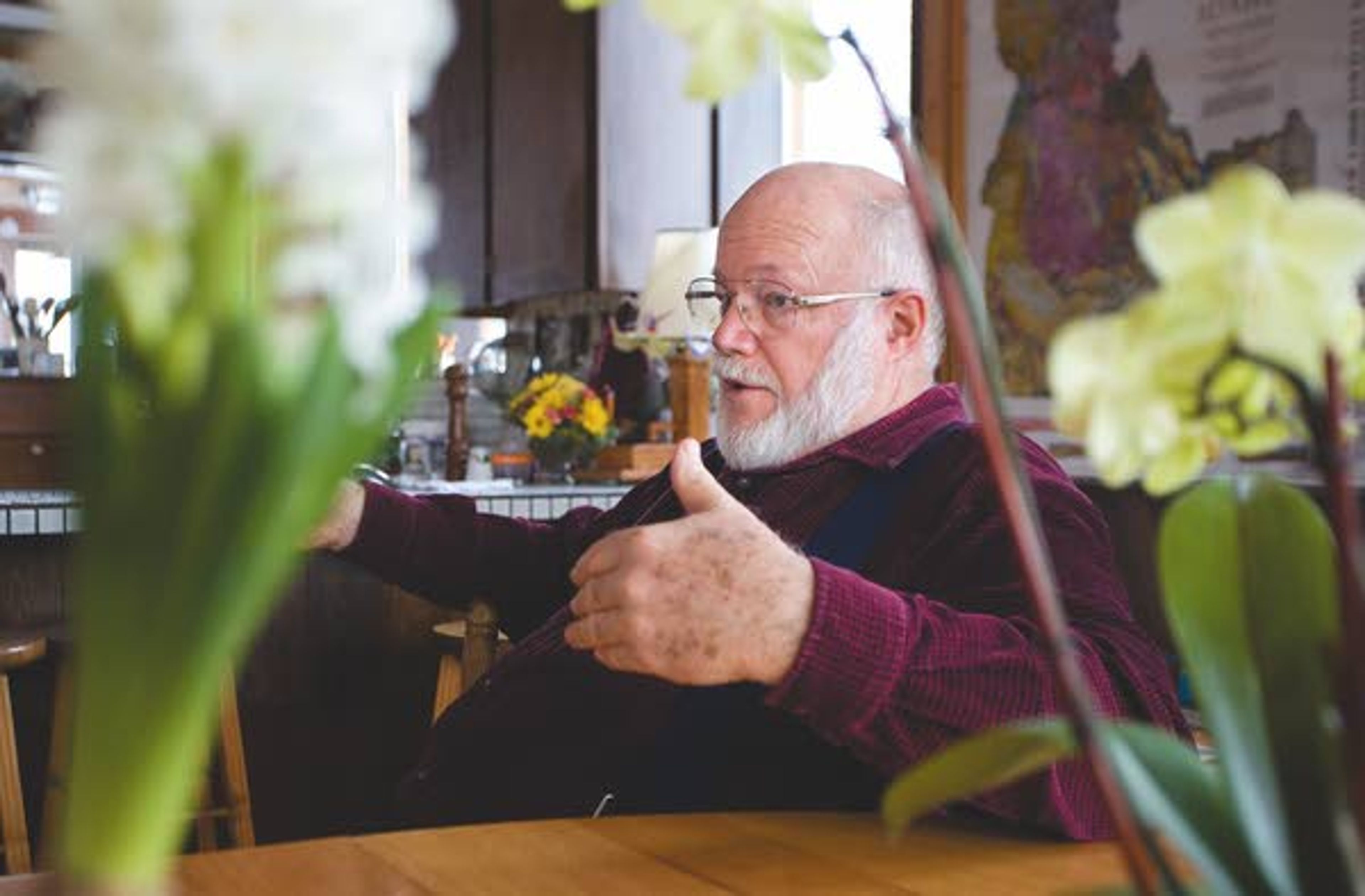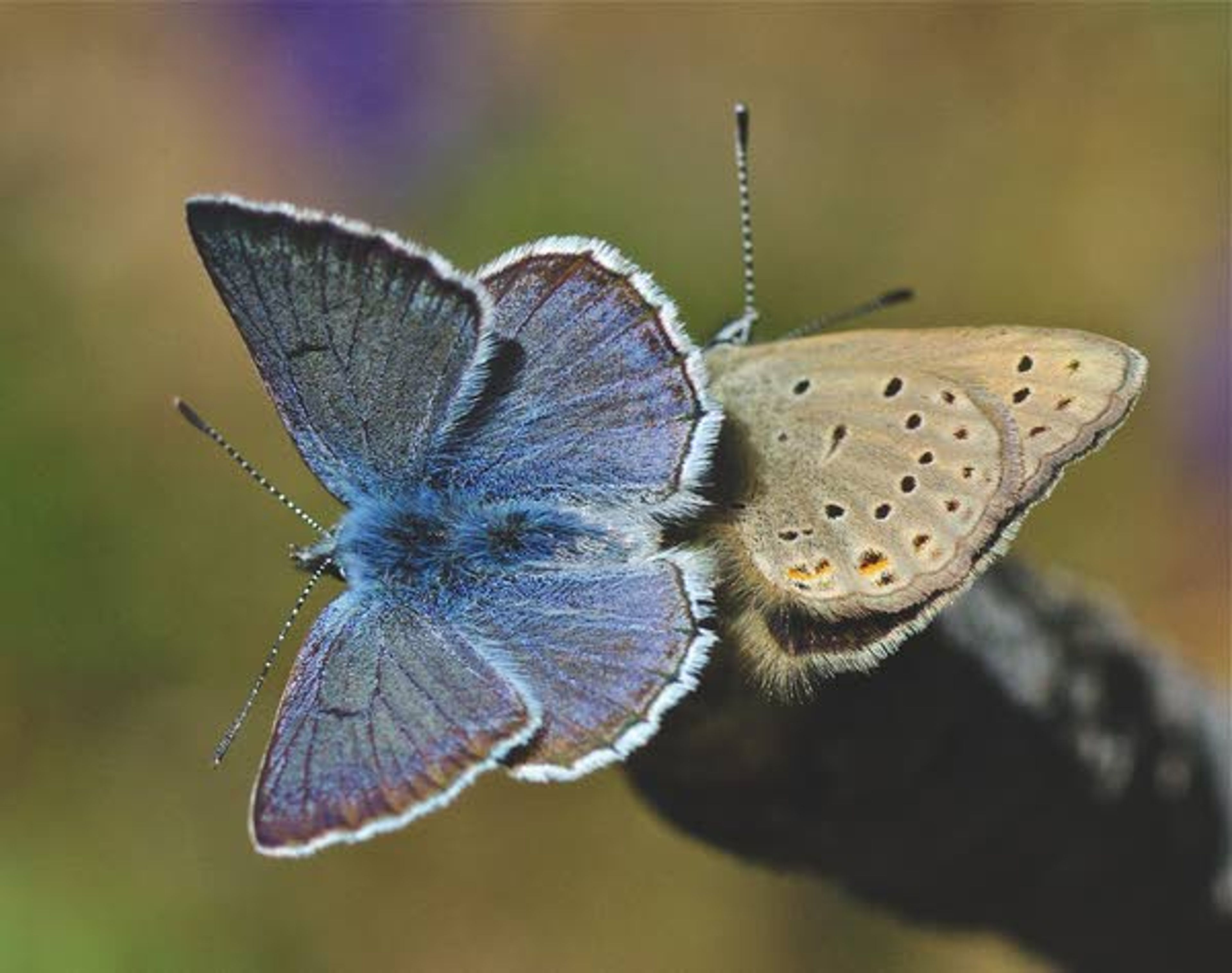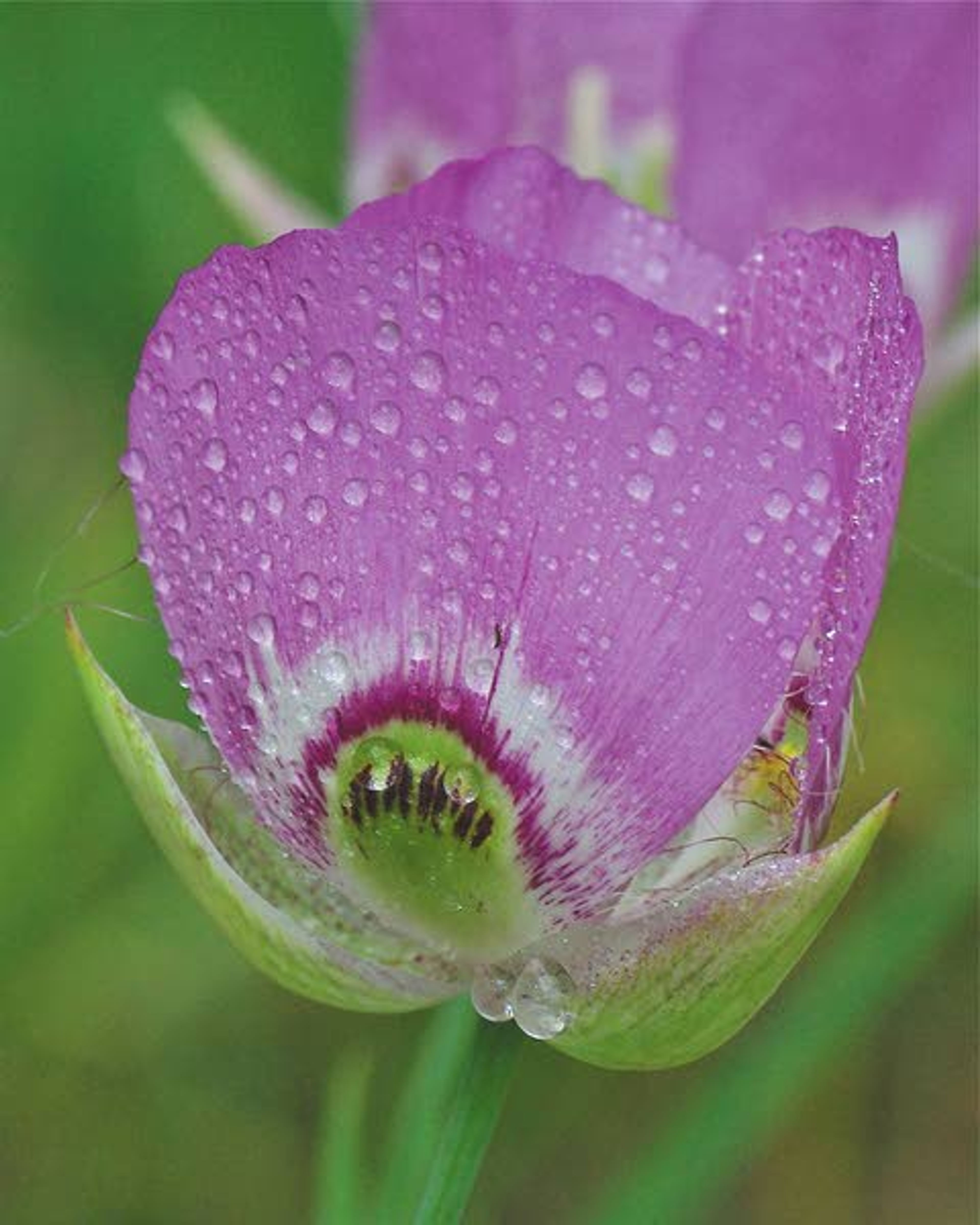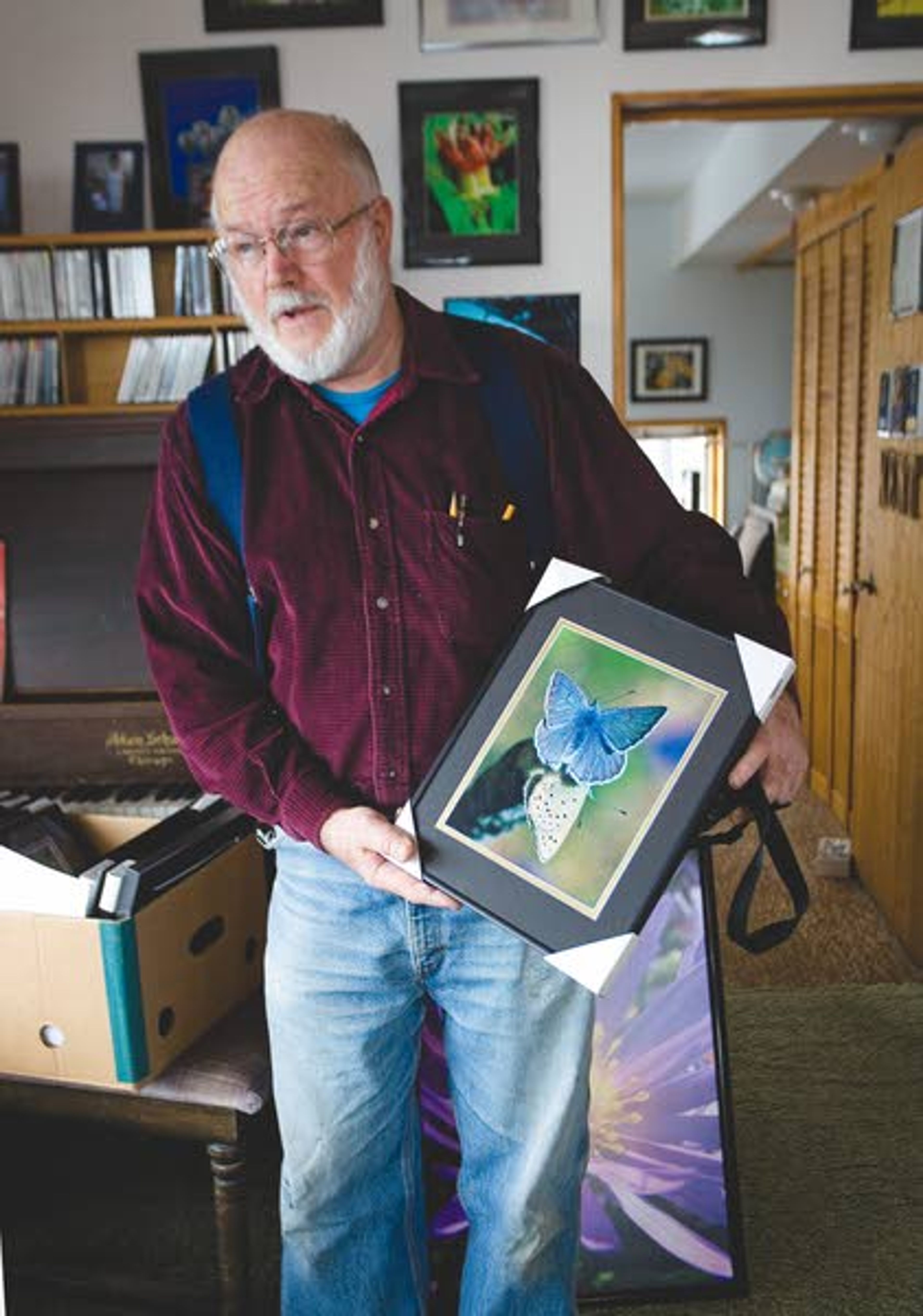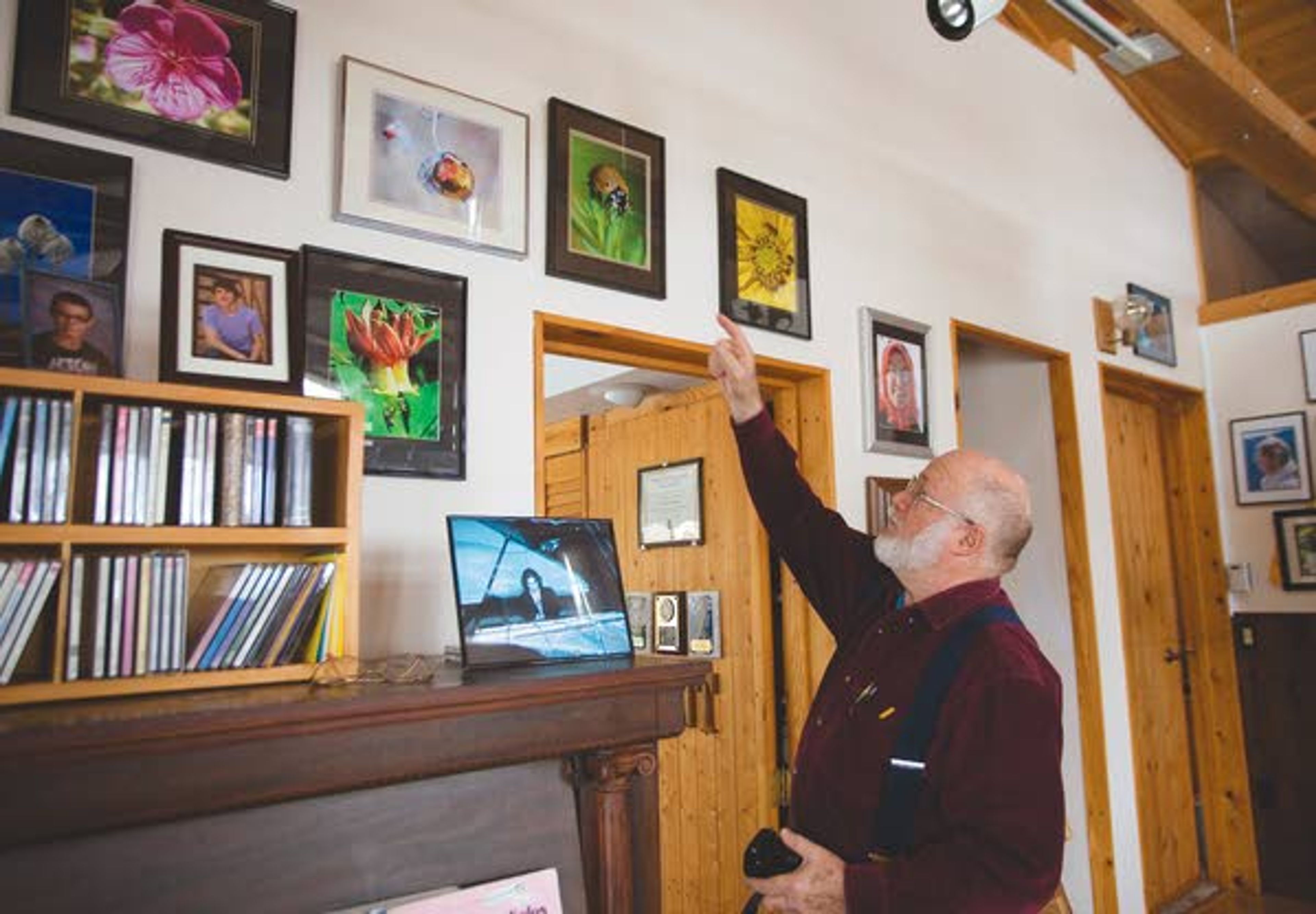More than 50 years ago, when Gerry Queener was serving in the Navy, he left Japan with his first camera in hand.
Today, after about 40 years of taking pictures, Queener has photographed almost 200 species of native wildflowers. Many of them are featured in the Moscow Food Co-op deli gallery through this month.
His photos were taken either on his five acres of property near Troy or on trips to Freezeout Ridge, east of Clarkia. The ridge does not lose its snow until July but when it does, it's a wildflower sanctuary.
"It's absolutely covered in blue," Queener said. "It looks like the ocean."
Queener and his wife adventure out to the ridge every year to take stock of the natural beauty.
The Queeners do not have to travel far for a view of the Palouse flora, however. Their property has 89 species of wildflowers on it alone. Queener's photograph collection began when he started to document all the flowers around him.
"The reason there are so many is because the soil here is so close to the bedrock, so they've never been able to farm the land and it's never been disturbed," he said.
Queener encourages people to plant native wildflowers any time they have undisturbed land, a rare commodity on the Palouse.
"Of the prairie ecosystems, the Palouse has probably been destroyed more than any other in the U.S.," Queener said. "We think of all the farming going on in the Midwest but there are still larger pockets of prairie there than on the Palouse."
Queener's love of wildflowers began as a boy living in Spirit Lake, where wildflowers flourished. His mother and grandmother knew the names of all the flowers around them.
"I probably should have been a botanist because I love flowers and plants," he said.
Queener has a particular fondness for orchids and lilies, and he has also started photographing more butterflies.
The photos go into frames or onto greeting cards, which Queener used to sell but these days he gives away much of his product, particularly for education purposes. His photos can be found on sign posts along the Latah Trail and Lake Coeur d'Alene.
Queener has a long history in education, he taught in Deary schools for 13 years. He began as a science and geometry teacher but also brought photography to the high school.
"It was a big hit. There were about 100 kids in the high school and a third of them wanted to sign up," he said.
When the school district could not afford to purchase new equipment for the class, Queener and his students raised money themselves.
"We started selling prints and by the next fall we had enough money to buy a pretty good camera," he said. "It just blossomed from there."
Queener built a dark room in the corner of his science lab, where students developed their photos for classes and the yearbook.
Today, Queener is a member of the Palouse Prairie Foundation and the Idaho Native Plant Society, which use his photos in their publications. He also contributes to online databases of moths and butterflies in North America.
"They're building a huge database to see where they're found because climate change is affecting the distribution of butterflies and butterflies are extremely important pollinators," Queener said. "Besides that, butterflies are real pretty."
Estelle Gwinn can be reached at (208) 882-5561, ext. 301, or by email to egwinn@dnews.com.
